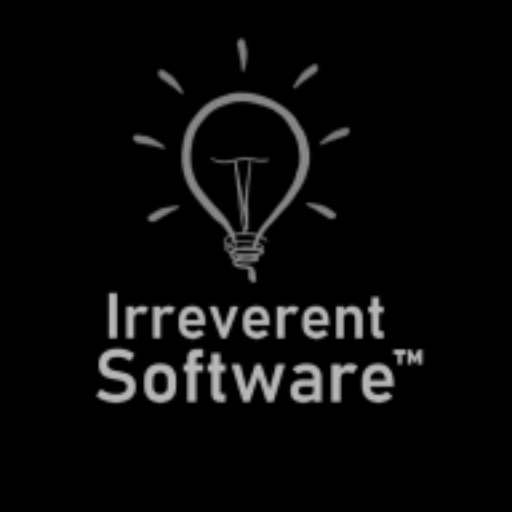In previous versions of PIDI Planar Reflections the tool’s source code made extensive use of define symbols in order to work, from a single script, on all available pipelines and platforms. While this design had its benefits it also had multiple issues especially when it came to giving maintenance, fixing a bug or implementing a new feature for a specific rendering pipeline.
Starting with version 4.x this has changed completely and the source code of the asset is different and fully tailored for each rendering pipeline, assuring that each one has the best performance possible and that new features and bug fixes can be issued easily and on timely fashion.
Extensive internal work has been done on the code for each pipeline to ensure that all core features of the asset are present and work in the same way regardless of which one you use, and specific features and optimization techniques have been used where appropriate. However, there are a few key differences you should be aware of,
1 . Legacy RP still has the best performance in most cases. Due to the way the pipeline was built, the access points we have for rendering the reflections as well as several optimization techniques that can be implemented within this pipeline the Legacy RP will have the best performance in most scenes.
2 . Scene view and Game view may not look the same in HDRP and Universal RP. This is due to how the Scene view camera is handled by Unity when using these newer rendering pipelines. In Universal RP post process FX are only available in the Game view. In the case of HDRP, the scene view may not use reflections at all when in Play Mode, depending on your HDRP version.
3. Reload Scene should be enabled when using HDRP. For better compatibility with the asset, we recommend you to not disable the Reload Scene feature of the Unity Editor when using HDRP.
4 . HDRP reflections can be very expensive to render. In HDRP, the asset offers an extra set of rendering features that can be disabled at will to ensure that the reflections are faster to compute but it is heavily recommended to limit their use as each reflection may reduce performance by about 20-40% (since each real-time reflection has to essentially render the scene again meaning that every object is drawn and processed twice).
5 . Post Processing FX in Universal RP and multiple cameras in HDRP should be avoided as they produce a big performance impact. On the HDRP pipeline, each reflection creates two virtual renderers for each camera while PostFX in Universal RP cause additional overhead when rendering the reflections.
